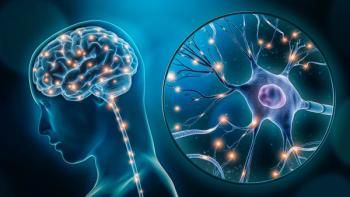
|Slideshows|October 18, 2018
3 New Studies About Depression and Lifestyle
Author(s)Mark L. Fuerst
Three new studies highlight the link between depression and opioid overdoses; “early birds” are less prone to depression; and consuming fish may reduce the risk of depression.
Advertisement
Newsletter
Receive trusted psychiatric news, expert analysis, and clinical insights — subscribe today to support your practice and your patients.
Advertisement
Latest CME
Advertisement
Advertisement
Trending on Psychiatric Times
1
FDA Grants Breakthrough Therapy Designation to Alixorexton for the Treatment of Narcolepsy Type 1
2
Zervimesine May Slow Progression of Dementia With Lewy Bodies, Phase 2 Results Show
3
The Winners of the Hanusol Contest for Peace: Ben Scherban, MD, and Kenneth Fung, MD
4
Human Kindness Is a Key Advantage in Our Competition With Chatbot Therapists
5

















